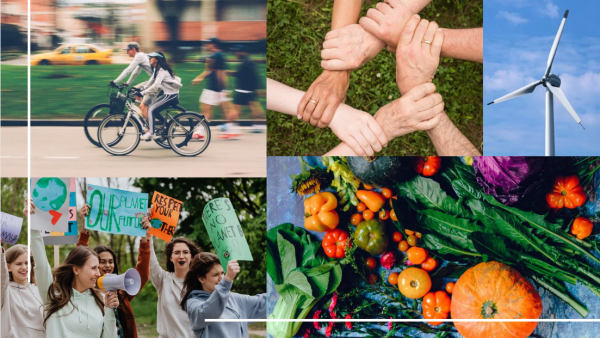
On 24 March, a joint workshop took place between the EU 1.5°Lifestyles project, as well as other EU projects focusing from various angles on assessing the impact of lifestyles, practices and wellbeing on the environment. The projects of participants include ACCTING, CAMPAIGNers, CANEMURE, ENCHANT, EnergyProspects, Energy Wellbeing, FULFILL, and ECHOES.
During the meeting, participants discussed the main challenges of trying to quantify structural changes. These include measuring the “impact” of political structures for example, such as changing narratives or writing to a member of Parliament. Different projects used different methods for quantifying carbon footprints, for example, and faced certain problems with carbon footprint calculation. The rapid behavioural and situational changes due to the COVID-19 pandemic, for example, pose a challenge for quantifying behaviour (due to different measures before/during the pandemic, and unclarity in terms of how long and strong the effects of the pandemic would ripple forth into the future - i.e. were we seeing a behaviour change towards sustainability or simply the effects of the pandemic?). The CANEMURE project provided valuable insights on a forthcoming carbon calculator roadmap for municipalities. This new calculator will allow for addressing collective activities, not just individual behaviour. The partners provided strategies for addressing difficulties with quantification, including, in some cases, simply working with “best guesstimates” based on expert knowledge (delphis or Bayesian probability calculation).
There was agreement that it is important for research projects to keep communicating the fact that there are important things we cannot quantify - while also making use of what is possible to quantify. Participants emphasised the urgency of bridging the quantifiable and the non-quantifiable, by drawing on available quantifications while insisting on the importance of broader structures which can be identified qualitatively.
The different project representatives agreed to meet again to pick up the discussion, keep collaborating and communicating as part of future workshops.

